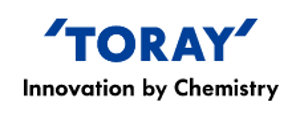Toray Membrane USA
Sales
13435 Danielson StreetPoway, CA 92064 US
(858) 218-2360

Company Overview
Toray Industries has been a pioneer in the membrane market since the early 1970s. TMUS offers expertise in water and wastewater treatment technologies including: reverse osmosis, ultrafiltration, microfiltration and membrane bioreactors.
